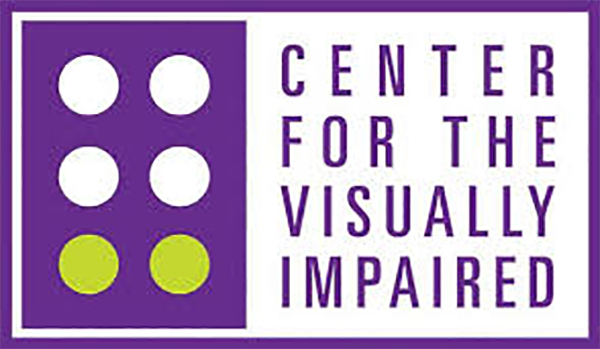After a lifetime of hard work and careful planning, you want to be certain that your retirement savings will help you live comfortably in your senior years, and leave behind a legacy for your loved ones as well as your favorite charities.
To learn more about estate planning strategies, Mary Ann Cook— chair of the CVI Foundation Board and founder of the Mary Ann and Dick Cook Legacy Society—spoke with Bob Pennington, a fellow CVI trustee. Bob is the Managing Principal & Regional Director with Pendleton Square Trust Company, an independent trust company. He helped us understand some planned giving opportunities and how they can benefit both you and the causes you care about.
Please note that this article is not intended as financial or tax advice. If you wish to learn more about the financial planning options discussed below, please contact a professional who can advise you based on your personal circumstances.
Bob, thank you for taking the time to discuss planned giving with me again! When we last spoke, you explained some basic terms and strategies, like qualified charitable distributions and life-income plans.
My pleasure. I know planned giving is a passion we both share.
Well, anyone who is interested can take a look at our last conversation here. Now, I know there were some changes to the laws governing retirement plans last December. Can you tell me about those changes and what they mean for me and our readers?
Absolutely. Last December, the President signed an omnibus bill with a number of provisions related to retirement plans. There are three key changes worth noting.
First, the bill increased the starting age for required minimum distributions. In 2019, the minimum age changed to 72. Now, that starting age has been raised again to 73 or 75, depending on your birth year. However, the minimum age at which you can make a QCD from your IRA is still 70½.
Okay, so if I’m 72 and I want to give through my IRA, I can still do that through a QCD and get the associated tax benefit. But if I’m not yet ready to start taking those minimum required distributions, I have more time?
Exactly. So, the next change is that the bill adjusted QCD caps for inflation. As of now, the maximum amount allowed annually to be transferred to charity through a QCD is $100,000. Beginning in 2024, that amount will be increased annually to account for inflation. If you have a large IRA balance and do not anticipate needing the full amount for living expenses, you’ll be able to gift larger amounts to charity and receive a tax benefit.
And that new QCD cap will change year to year?
That’s right, it’ll be indexed to inflation. Finally—and this is a big one—the new provisions allow transfers from an IRA to a life-income plan to be counted as a QCD. Why is this important? An outright gift reduces your income-generating assets and can negatively impact your finances. That’s why a life-income plan can be a good choice for someone who wants to make a significant planned contribution while protecting their income. Under the new rules, the funds you transfer from your IRA to a life-income plan will be treated as a QCD, giving you immediate tax benefits.
The life-income plan will pay you (and any other beneficiaries) income over a designated period of time. At the end of this time period, the remainder of the funds will go to charity. So you’re getting the best of both worlds, both financial security and charitable impact, with a tax benefit to boot.
I appreciate you taking the time to explain all of this. As a CVI trustee, what do you hope people will take away from reading this?
I hope people will see that financial planning doesn’t need to be a zero-sum game. There are opportunities to provide for yourself and your loved ones while also having a greater impact within your community. With planned giving, you can be incredibly generous toward your favorite charities without adversely impacting your current finances.
Most people don’t typically think about fun when they think of financial planning, but many truly enjoy deciding which charities to include in their estate plans. It puts a big smile on their faces.
To learn more about planned giving strategies, and how they can make a difference for people living with vision loss, visit CVI’s planned giving page here, or contact Shannon Clark at sclark@cviga.org or 404-602-4276.

